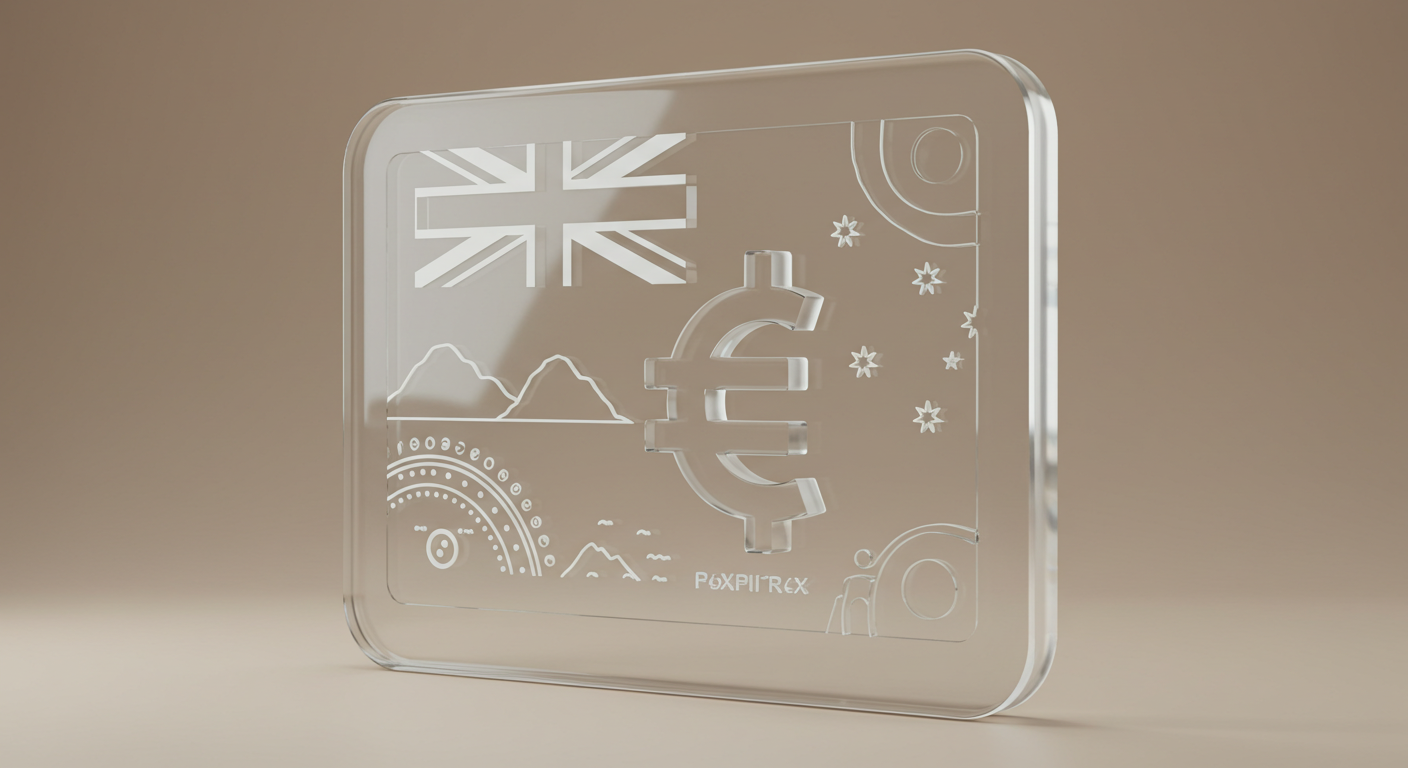
The USD/CAD continues its upward trend for the third day, currently steady above 1.3700, following a test of early June highs near 1.3730. This movement comes amid growing fears of a potential US strike on Iran, affecting global markets.
The US Dollar stands strong as a primary choice for safer assets due to the increased geopolitical tensions. US President Donald Trump’s comments on the potential for involvement in the Israel-Iran conflict have caused market concerns, with a news report indicating preparations for a strike.
Iran Warns of Consequences
Iran’s Supreme Leader, Ali Khamenei, has warned of “irreparable consequences” if the US engages in conflict with Iran. The heightened risk sentiment has driven USD/CAD more than 1% higher over three days, countering the positive effect of rising Oil prices on the CAD.
The Federal Reserve has kept interest rates unchanged, maintaining expectations of two more cuts this year. Chairman Powell expressed caution about inflation risks due to tariffs, providing further support to the US Dollar.
Key drivers for the Canadian Dollar include Bank of Canada interest rates, Oil prices, and economic health. Changes in these areas can influence CAD’s value, with higher rates generally strengthening the currency. The macroeconomic health of Canada is reflected in economic data releases, affecting currency strength.
With USD/CAD holding firmly above the 1.3700 mark, and brushing against the early June highs near 1.3730, there’s a clear sense that the pair has found footing amid a highly charged environment. The sharp push higher, over 1% in just three trading days, underscores how quickly things can shift when external risks surface, particularly those rooted in geopolitical uncertainty.
Potential Conflict Impact on Markets
At the centre of market unease, we find tensions building on a potential collision course between Washington and Tehran, triggered by reports of strategic military positioning. The President’s remarks have only added fuel to these concerns, with traders seemingly pricing in a higher probability of conflict. This isn’t just about political statements — markets are reacting to the possibility of a destabilising event that could disrupt global trade routes and energy supplies. With this in view, flows into the Dollar as a safety trade have been steady, supporting the greenback even while Oil prices rise, which would normally underpin the Canadian currency.
Khamenei’s blunt warning about the consequences of U.S. aggression has intensified nervous trading patterns. That reaction is not merely speculative — it’s a reflection of real apprehension that an escalation could have unintended knock-on effects for a range of assets often perceived as sensitive to shocks, especially commodity-linked ones. In past scenarios like this, elevated volatility has led to more reactive positioning across FX, and we may well see a similar behavioural response again.
The central bank, opting to keep its benchmark rate on hold, hasn’t diverted from what remains a broadly dovish tone. Powell’s remarks emphasising ongoing caution amid tariff-induced inflation suggest there is a reluctance to abandon rate cut expectations. That message, paired with geopolitical uncertainty, forms a supportive base for the Dollar to continue attracting demand. We may find traders lean more on rate differentials in the weeks ahead, especially as incoming economic data feeds into the calculus for any potential policy shift.
On the domestic front, Canada remains heavily influenced by Oil and rate policy. A rise in crude typically benefits the Canadian Dollar, given the country’s export profile, but this relationship has been dulled lately. The USD’s safety appeal has overtaken traditional commodity-linked movements, making it necessary to watch not just price levels but reactions to headlines. The data calendar should also not be neglected, as any deviation in growth, inflation, or employment figures could prompt expectations for changes in central bank bias.
For those involved in rate-sensitive trades or those looking to construct strategies in FX options, incorporating overlays accounting for geopolitical risk premiums may be warranted now. This is especially relevant while rate guidance from both central banks remains relatively predictable, as market participants may shift their focus toward volatility instruments and event-driven pricing over simple directional bets. Holding onto trades longer than anticipated might prove costly if external shocks lead to risk-off waves that defy chart patterns or traditional correlations.
Watching volatility indexes might also offer insight into when short-term sentiment turns defensive. Additionally, tracking open interest and changes in positioning could provide a timely heads-up when the next move begins to gain traction. In this kind of environment, flexibility in strategy matters more than a firm directional view. Staying close to the data, and being ready to pivot quickly if sentiment shifts, may offer the best setup for the time being.







